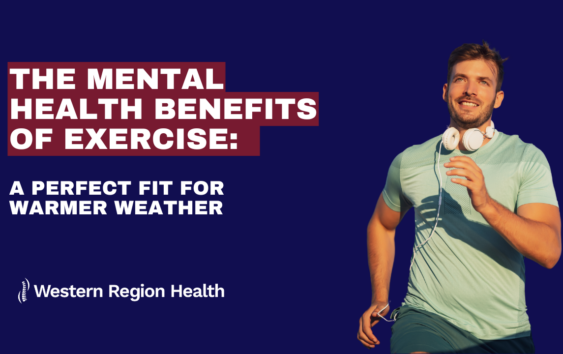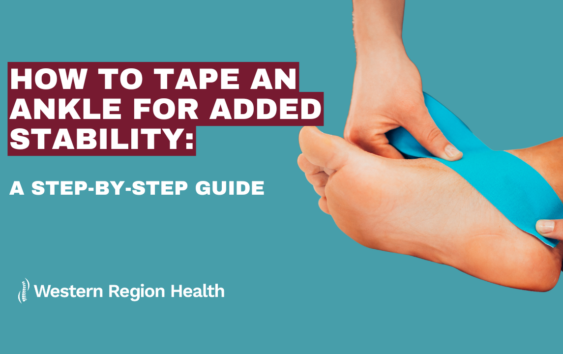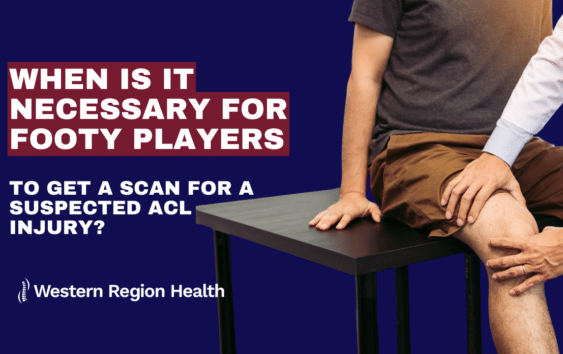General | June 6, 2021
Winter Has Arrived!
Dr Brendan Ashman-OSTEOPATH-B.Sci (Clin Sci), MHS (Osteopathy)
While the winter weather has well and truly set in, we will all be looking for an escape after the past year we have had. Many of us will be looking to try a new adventure this year, or to just escape, venture out and explore a new part of Victoria. So, what better way to attack the cold weather than by trying some snowboarding or skiing!
The snow season is just about to open up and soon many Melbournians will be heading up to Falls Creek, Mt Hotham and Mt Baw Baw to hit the slopes. Skiing and snowboarding both come with an increased risk of injury, which is why when deciding which one to do, it is important to consider your own physical health and previous injury history.
One of the most common areas of the body to injure whilst skiing and snowboarding is the knee. This is because there is a lot of twisting and turning which occurs as skiers and snowboarders try to control where they are going and the speed they are travelling. For skiers and snowboarders, knees take a lot of pressure as both normally have their knees slightly bent when going down the slopes. However, snowboarders are locked into their boards and the knee will take more force. Our ligaments such as the ACL, PCL, LCL and MCL are some of the most common ligaments that can be injured. Our shock absorbing cartilage, known as our meniscus can also be injured significantly with a fall or crash.
Other common areas of injury while on the slopes this winter are the head, neck, shoulders and wrist. These types of injuries would normally occur more with a fall. These can come in many different ways and can vary from a sprained joint, to the more severe fracture of a bone. Unfortunately, skiing and snowboarding are sports where there is always going to be an increased risk of injury. However, there are things you can do to protect yourself.
1) Wear a helmet.
2) If this is your first time, get some lessons from an instructor and learn the basics.
3) Stick to the most appropriate runs for you.
4) For skiers, make sure that your release mechanism is set correctly, which will allow your skis to release as you are crashing which will help prevent a serious lower leg injury and broken skis.
5) Try and get a 5 minute warm up in before hitting the slopes which will help stimulate the group of muscles you are going to be using, assisting with injury prevention.


